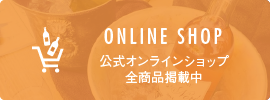Le Sommelier- Cellar shop, Marseille.2017/11/13
Le Sommelier- Cellar shop, Marseille.


Le Sommelier is one of the oldest cellar shop in Marseille and offers more than 750 references. Nicole Richard-Vespieren father, a former dentist, decided to change profession in 1979 and after a diploma in oenology he opened his first cellar shop in Endoume area, a long time dream.
When his daughter Nicole decided to continue her father work she followed his path and studied oenology, as she’s always knew the importance to understand how things are made.
She is also a member of the French Sommelier Association and the vice president of the Commerce Chamber of Marseille.
Her husband started to work with her 20 years ago and they opened their second cellar shop 42 Rue de Rome.
Since then they have been working closely with the vine growers of Provence and Rhone’s Valley. Their two cellars offer to their customers a different selection throughout the seasons. Taking care to specify the method of agriculture practiced by the vine grower: lutte raisonee, biodynamy or organic farming.
They also have on offer Whiskeys from all around the world, renowned Champagnes, Cognacs or Armagnac of all ages and a delicatessen corner with caviar from Aquitaine, foies gras Lafitte and specialties of Provence.
A delivery service of boxes is offered with a personalized selection of wines.
Nicole’s selection changes also every year, she always pays great attention to the weather. For example 2016 was very hot so the rose is lacking acidity in some areas in Provence.
Jury’s member of the magazine Rosé, published annually she is the founder of the 1st Rosé Festival taking place from 13th until 21st of June in Marseille.
At this occasion conferences are organised, along with wine tastings at the cellar shop and some partner shops near by. It ends with the “Music Day”(fête de la musique), the day of music celebration in France.
LeSommelier
42 Rue de Rome, 13001 Marseille
営業 · 10時00分~13時00分, 14時30分~19時00分
+33 4 91 33 53 53
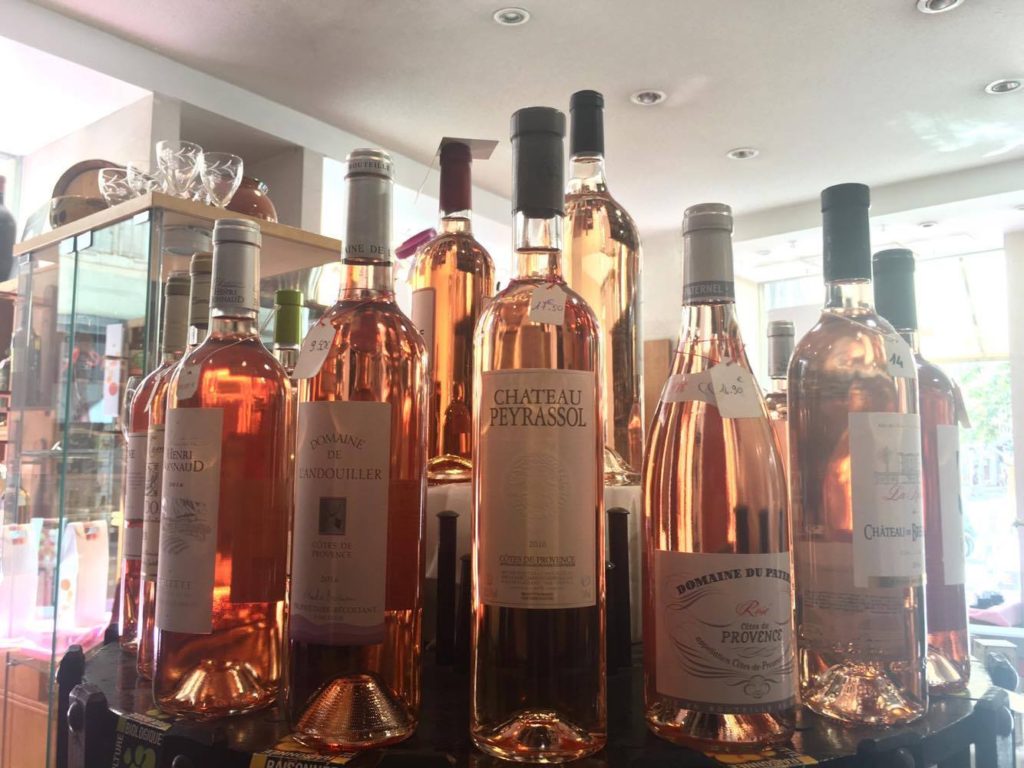
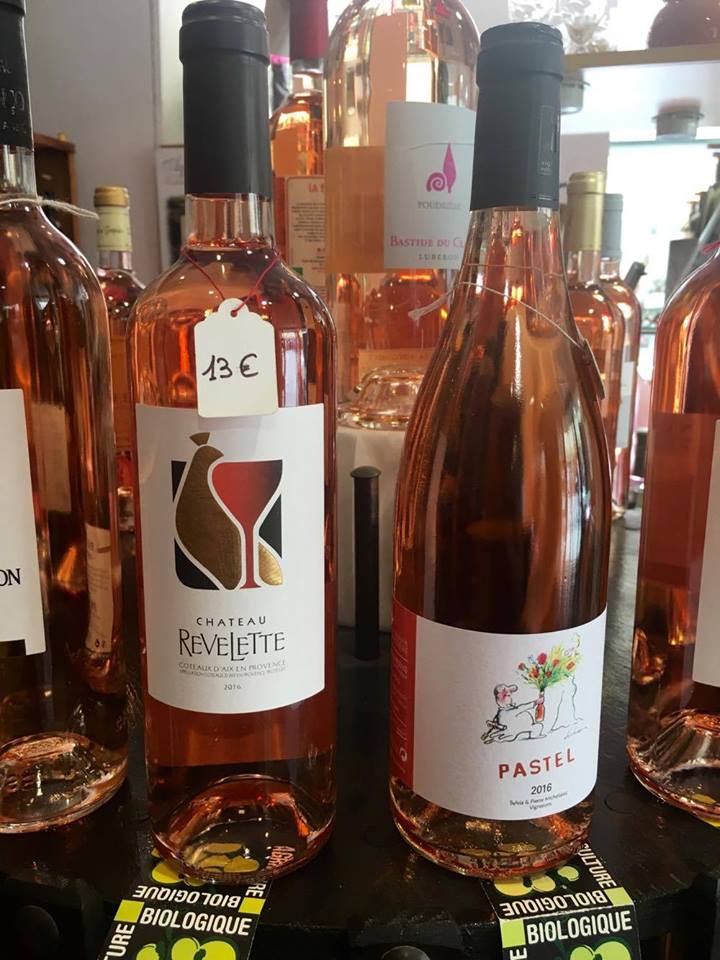
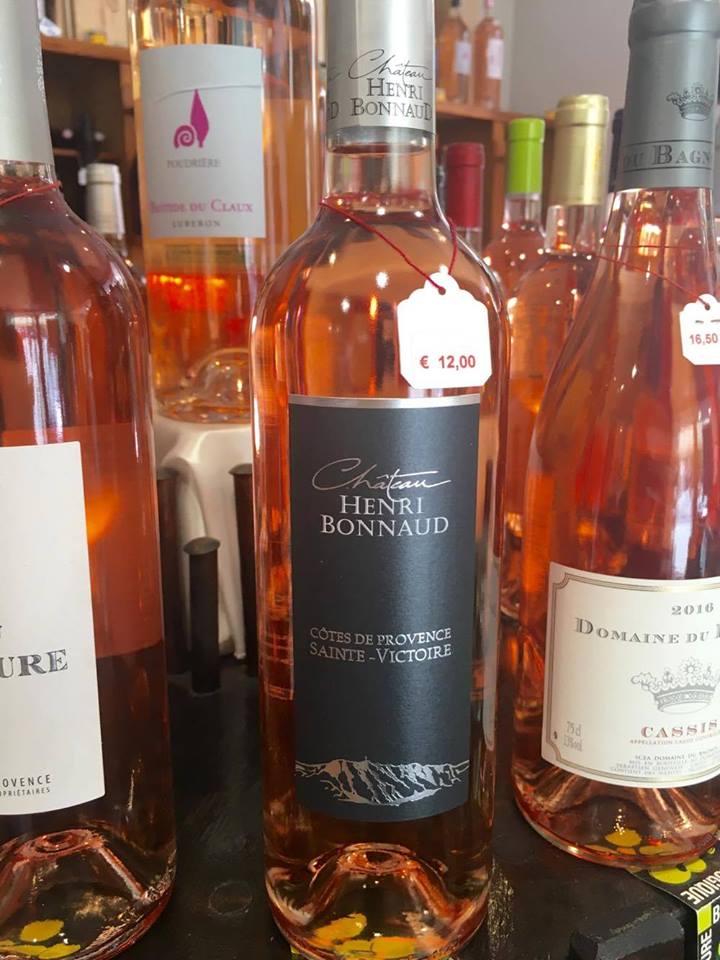
Friche de l’Escalette- Parc de sculpture et d’architecture légère (Sculpture and light architecture park)- Marseille2017/11/8
Friche de l’Escalette- Parc de sculpture et d’architecture légère (Sculpture and light architecture park)- Marseille
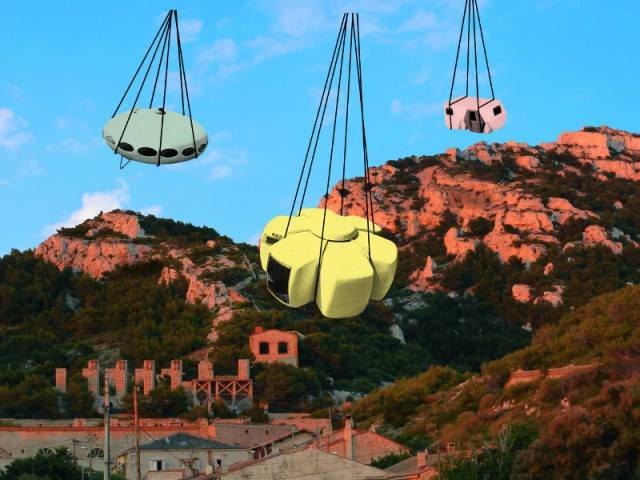

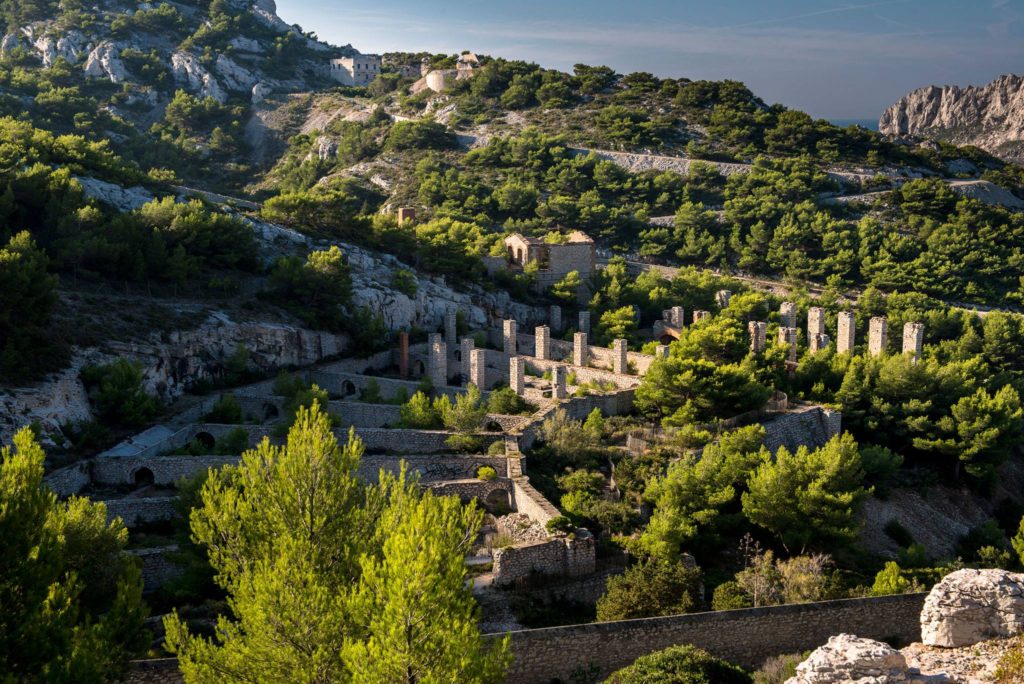

The Friche de l’Escalette recycles the ruins of an old lead factory that worked from 1851 to 1925. An industrial heritage landmark, its superb natural site on the rugged coast south of Marseilles is now part of the Parc National des Calanques.
A modern and contemporary sculpture and lightweight architecture display for visits by small groups led by a guide is being laid out there. The itinerary salutes the vernacular “cabanon”- the holiday-weekender, and will cover the period running from Jean Prouvé to the plastic utopias of the 60s and 70s.
Éric Touchaleaume, a Parisian galerist, is a fervent supporter of the modernist heritage in danger. In 2007, he sold his gallery of 54 Rue Mazarine in Paris for the Hotel Martel in Mallet-Steven, the apartment of the sculptor Jan Martel, occupying the second and third floor which he restored, then the vast Atelier Martel of the ground- floor.
In love with the city of Marseille he bought in 2011 the Friche de l’Escalette, to create this project unpublished.
For its second summer exhibition, Architecture-Art-Ameublement, the Friche de l’Escalette presents from July 1 to September 30, 2017, “Plastic Utopia”, original plastic bubbles scattered in the ruins of the old lead factory.
These are rare testimonies of futuristic plastic habitats, from the late sixties to the early seventies, whose faded out with the oil crisis of 1973.
To discover : The Hexacube of Georges Candilis (1913-1995) and Anja Blomstedt (1937), of 1972. This talented collaborator of Le Corbusier ( particularly their collabration, for five years, on the site of the Cité Radieuse of Marseille) is the creator of the holiday villages. Inspired by his native Greece, Port-Leucate and Port-Barcarès, between 1964 and 1972, now classified as Historic Monuments.
Since the site is under a conservation order, the sculpture and architecture park, will have minimum impact on the poetic dimension of the rocky coastal terrain.
It will evolve slowly with each summer, inviting a discerning public to follow its organic growth year by year.
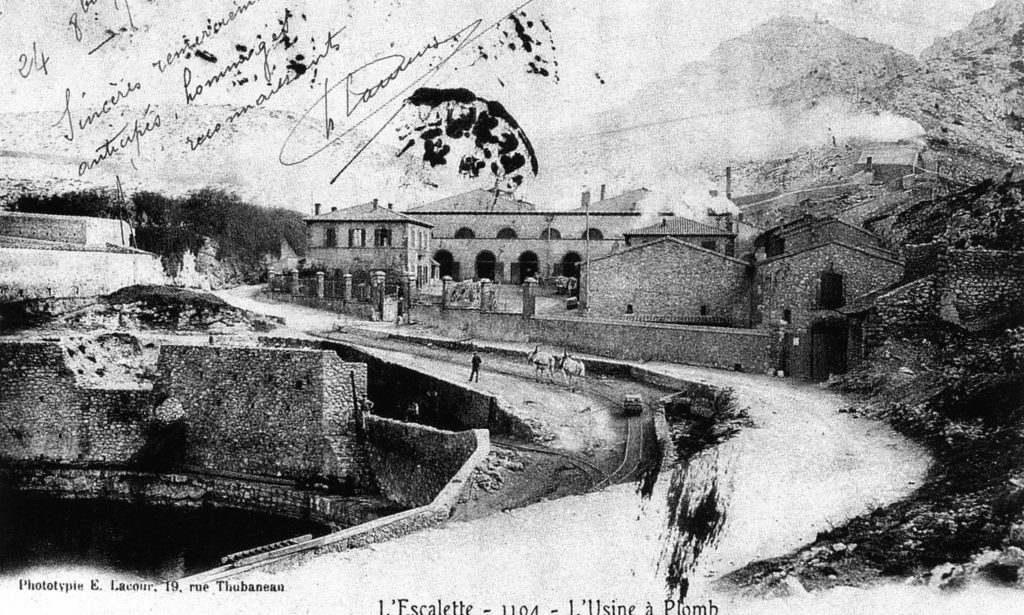


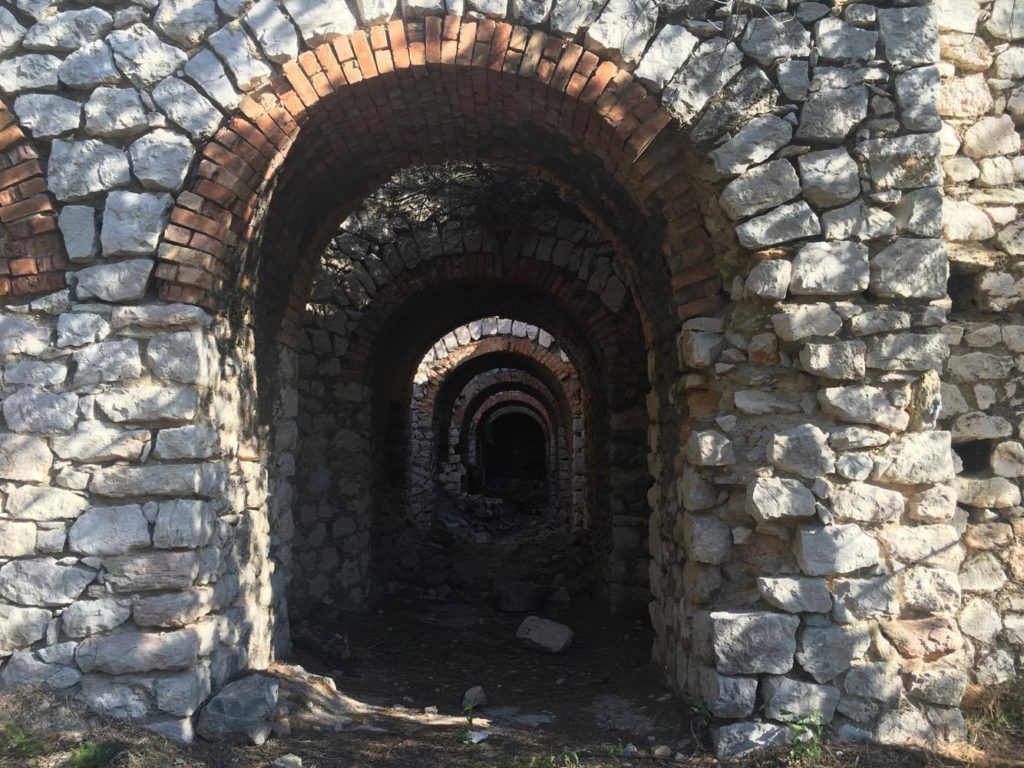

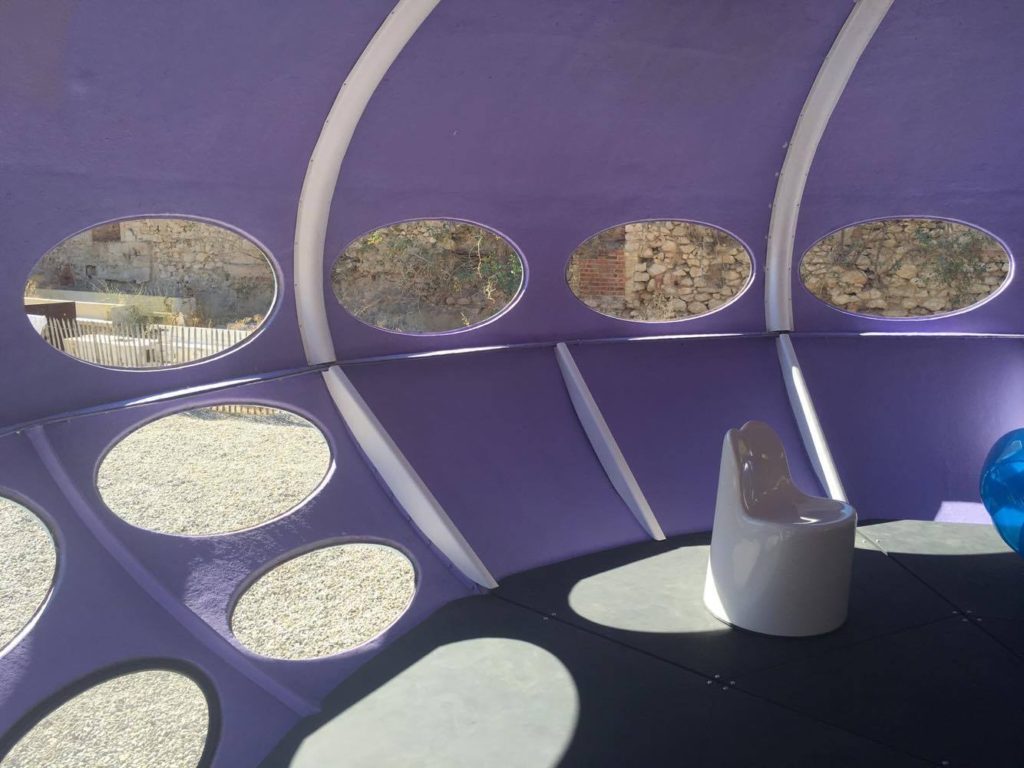
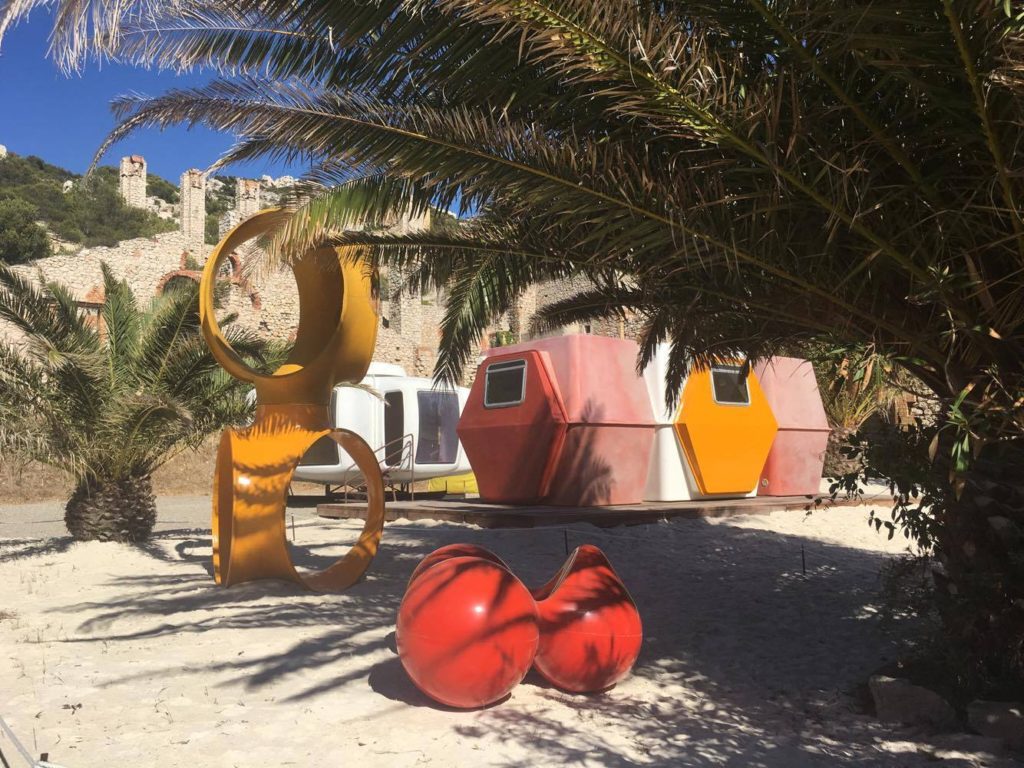

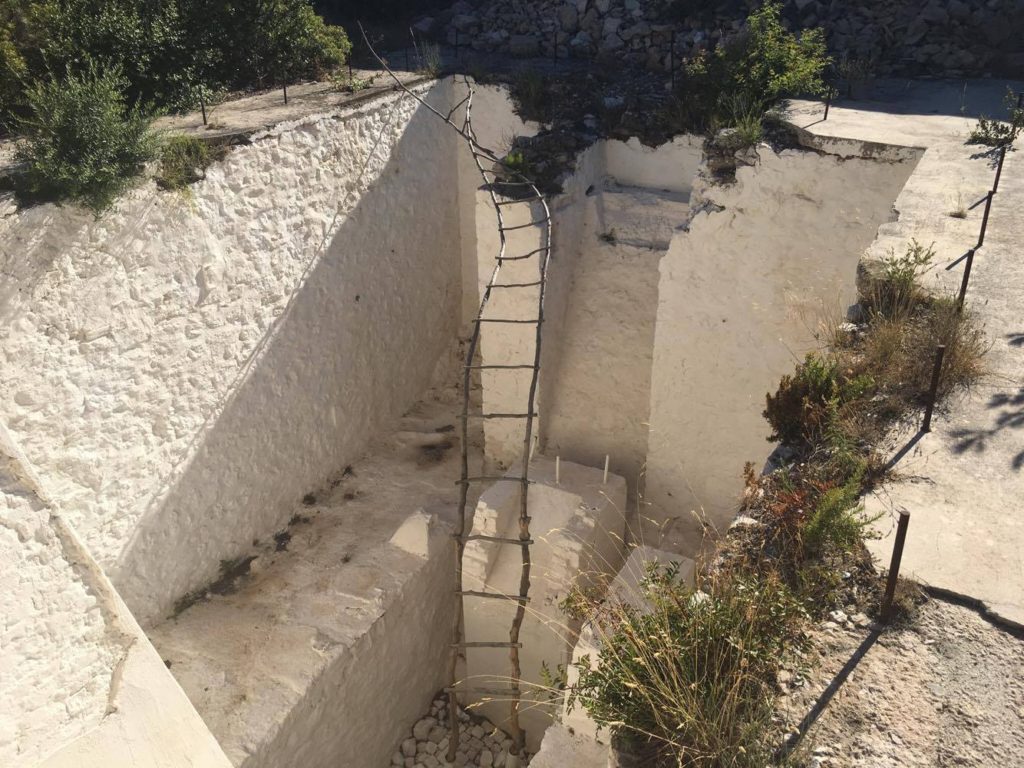

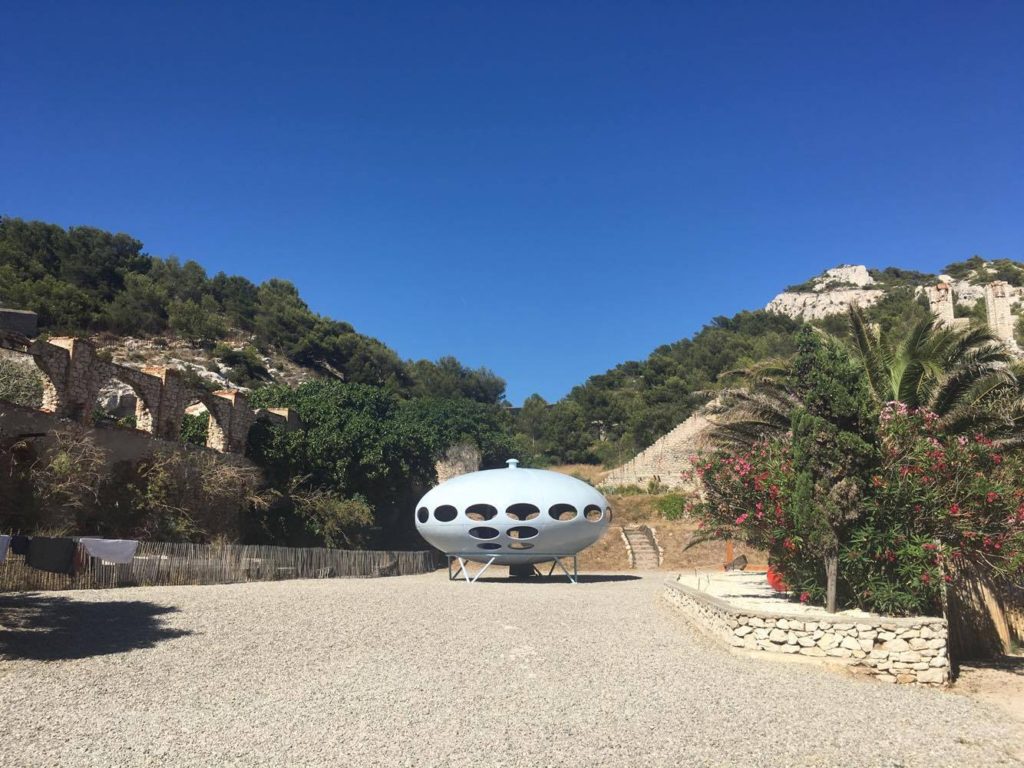

address: Route des Goudes, impasse de l’Escalette
13008 Marseille
Free entrance for group of 15 people
Open everyday from July 1st to September 3rd, 4 visits/day
Booking at: contact@friche-escalette.com
Restaurant “Pépé”, Marseille.2017/11/7
Restaurant “Pépé”, Marseille.


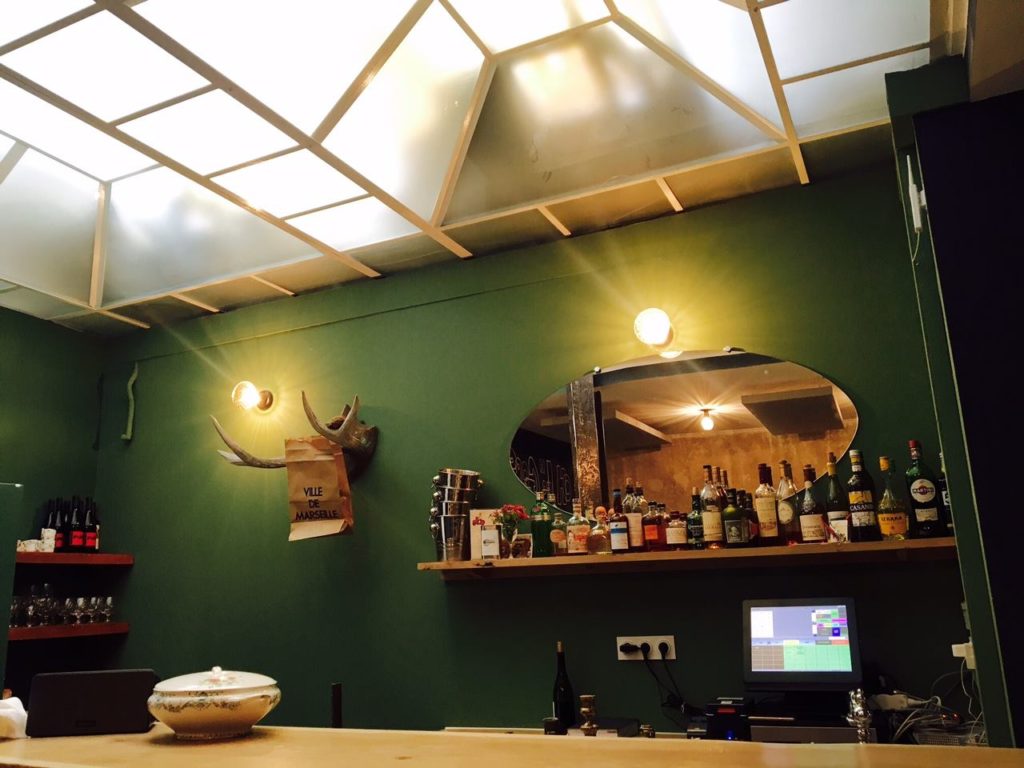
This gem for gourmands has the atmosphere of a hunting party twisted with neon lights. The cuisine of the talented chef Jérôme Benoît ( already in charge of “Mémé” kitchen, his first restaurant, on Boulevard Longchamp), swings between earth and sea.
The semi-gastronomic world of the chef has been adapted to satisfy all the appetites.
The prices are milder than chez Mémé but the quality and provenance of the products are always outstanding. Between 17 and 24 € for a hanger steak with homemade béarnaise sauce or a tray of shellfish with bordelaise.
The selection of wines – excellent- comes from the cellar that faces the restaurant: Plus Belle la Vigne. The bread from Maison Honoré and the meat from Chez Charly (Avenue Saint-Jerome) well-known Marseille’ adress.
The large farm tables invite to share the dishes and accompaniments served generously, in a cozy atmosphere in the evening and almost a feeling of guinguette at lunch time, thanks to the terrace and straw hats (provided).
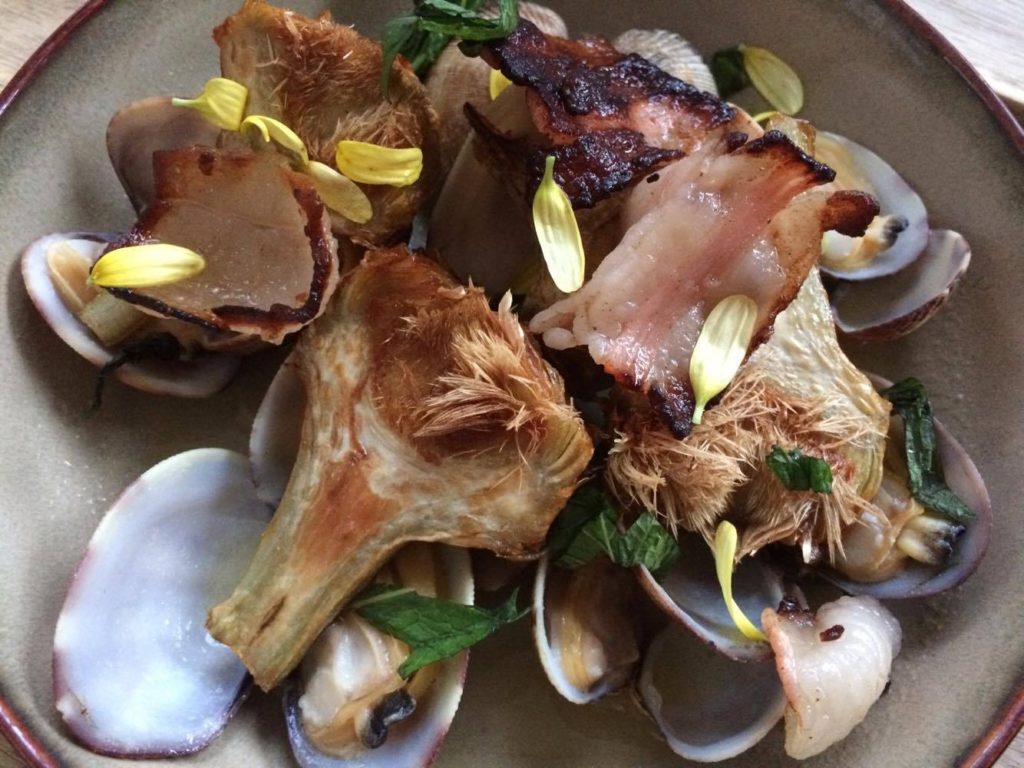

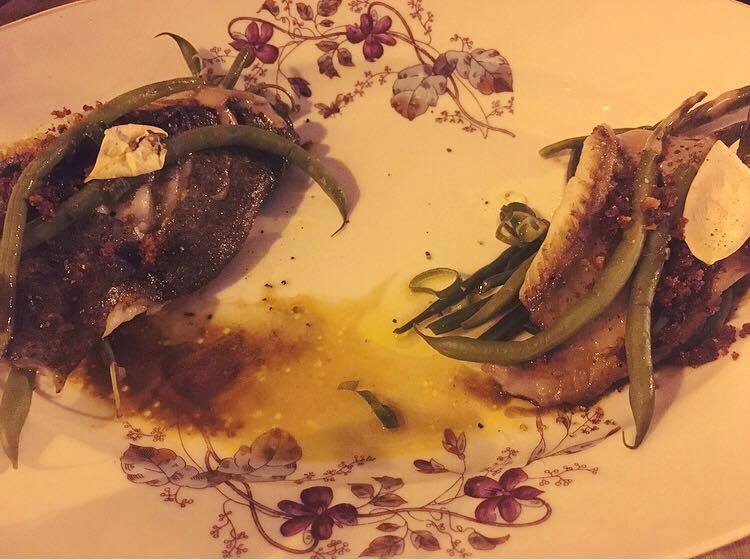
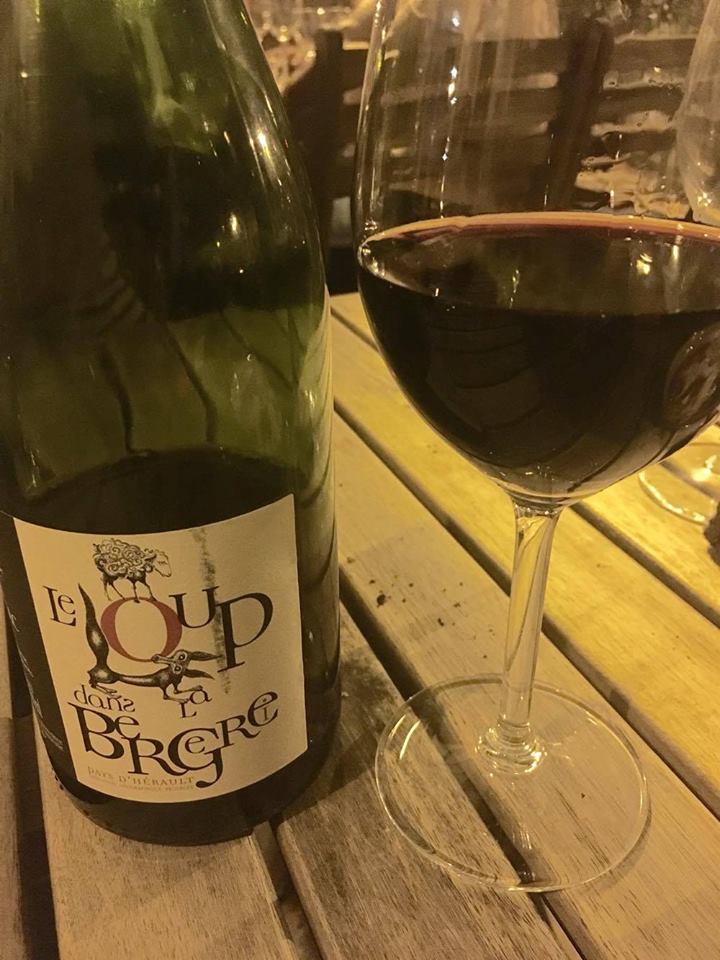
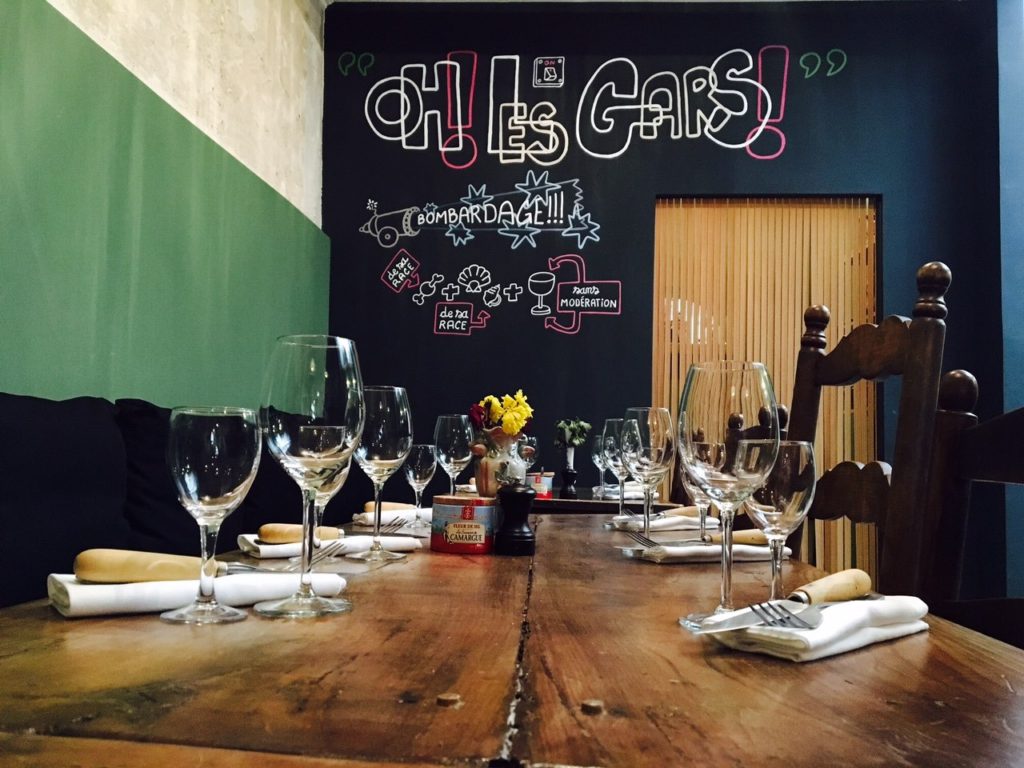

Adress: 15 Cours Julien 13006 Marseille
Open Monday and Wednesday 19h30-00h00 / Tuesday, Thursday, Friday, Saturday, 12h00-00h00
Starter 7-14€ / Dish 22-23 €/ Dessert 6 €
07 81 02 21 47
Visit of Domaine Jean-Michel Stephan in Côte Rôtie-2017/11/2
Visit of Domaine Jean-Michel Stephan in Côte Rôtie-
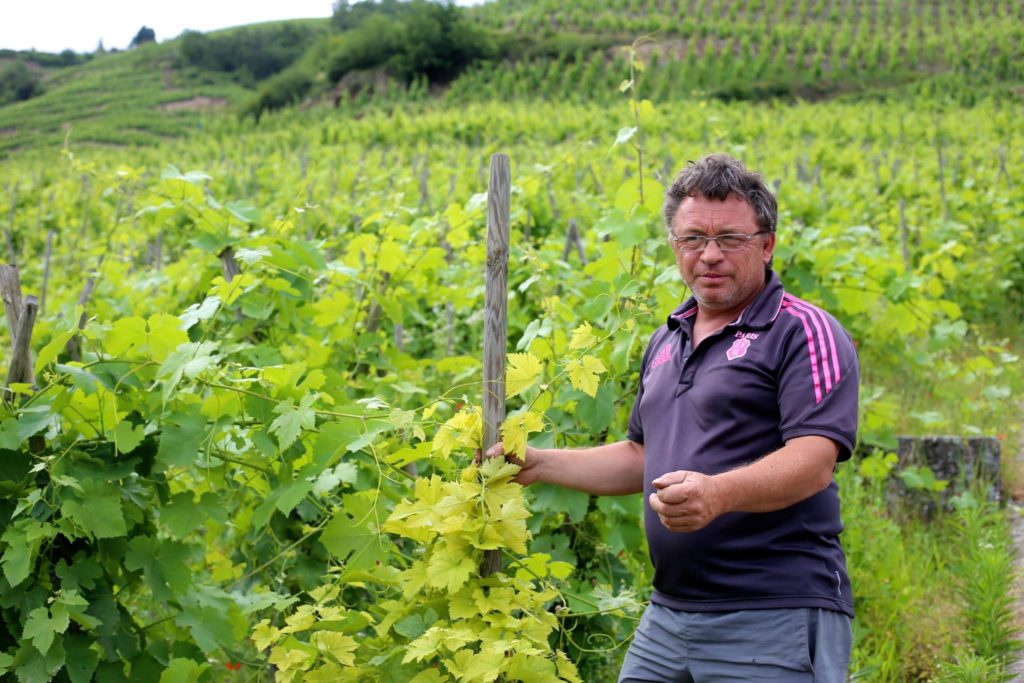
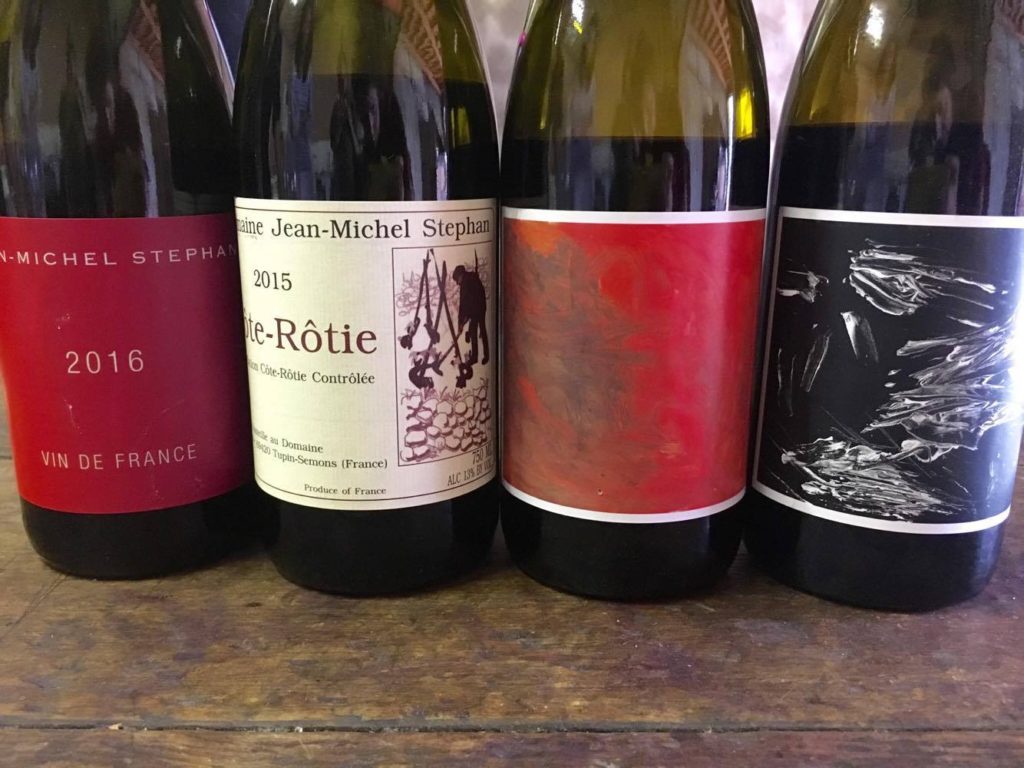

Jean-Michel Stephan’s cellar is located just off the main road in Tupin, south of Ampuis in Côte Rôtie.
Stephan is a first-generation vigneron and took over his father’s land in 1991 who was a tree grower. He planted his own vines and coddles together parcels ever since. He has now been joined by his son Romain, 18 and just graduated from a viticulture school in Beaujolais.
This small domaine has just added a 1.2-acre plot of Vin de Pays set to be planted to Viognier. Most of the vineyards (the domaine totals just under 15 acres) are around the town of Tupin, on weathered granite, with a small bit in Verenay to the north on schist. Production totals around 800 cases annually, with 10 percent coming to the U.S.
Winemaking here is simple, and Stephan has changed little over the years. Generally no sulphur is added (there have been exceptions) and immediately following malolactic conversion the wine is moved into barrel for aging, with time in barrel determined by cuvée. There is no new oak.
His largest holding is the 1.5 ha on the Coteau de Bassenon (Coteaux de Semons on the map); Bassenon is in fact a derivative of the term “Bas de Semons.” This is a 40° slope, with a lot of terraces cut into the soft granite or gneiss. The high part dates from 1987; the low part, of 0.87 ha, from 1896 and 1902.
His other sites are Tupin (1965), Coteaux de Tupin (1980), and the regular cuvée comes from part of Les Bercheries, and a tiny 0.3 ha up at Verenay (1992).
As someone who tries to be organic at every turn, Jean-Michel is planting massale-selection Serrine whenever possible. At present, his vineyard is around 60 per cent clone, 30 per cent Serrine, and 10 per cent Viognier; the last is also being regenerated, and at Verenay he has planted 500 young Viognier cuttings grafted from an old massale plant.
In vineyard upkeep, Jean-Michel picks the soil around the wood of the older vines and cuts the weeds on the surface.
– Jean-Michel Stephan 2016: 100% Syrah
– 2015 Côte-Rôtie: 10% Viognier 90% Syrah
Cofermented and aged for 12 months. This cuvée represents the vast majority of the production. “It delivers a beautifully pure beam of cassis with notes of singed iron, pepper and charcoal emerging through the finish. It’s silky in feel, but with a sauvage echo, a characteristic of all of Stephan’s wines..”
– 2015 Côte-Rôtie Coteaux de Bassenon 20 % Viognier, 40% Serine (from 5ha of 1896 old Serine vines), 40% Syrah
aged 24 months, delivers a gorgeous core of cassis fruit with background of bay, rosemary and charcoal note.
– 2015 Côte-Rôtie Coteaux de Tupin (100% Syrah and Serine) comes from 0.5 ha from the Coteau de Tupin, located above the estate, consisting of terraces on slopes of more than 50 °. Originating from serine planted in 1941, this cuvée offers a deep garnet color with purplish reflections.
The nose shows aromas of black fruits, blackcurrant, blackberry, violet and licorice.
The mouth, frank in attack, opens on an elegant material with presents but fines tannins . The aromatic expression is dominated by graphite notes, blackcurrant and pepper, bringing a right and elegant side to the wine.
::Côte Rôtie::
Prestigious red-wine appellation at the northern tip of France’s Rhône Valley wine region. The Syrah vines on its steep, south-east-facing slopes produce wines which are both powerful and elegant. Improvements in quality have led to increases in demand for the wines – a cycle which turned so consistently that Côte Rôtie wines are now some of France’s most sought-after and most expensive.
Situated immediately south of Vienne, the Côte Rôtie is the Rhone Valley’s northernmost appellation, and one of its smallest. The parishes of Ampuis, Saint-Cyr-sur-le-Rhone and Tupin-et-Semons are the only three that may produce Côte Rôtie wines, and even within the parishes, only certain plots qualify for the appellation.
The steep hillsides (côtes) here rise sharply from the banks of the River Rhone to heights of 1150ft (330m). They form 10 narrow ridges no more than 2000ft (600m) wide, each separated from the next by a narrow, tree-lined gully. The ridges run roughly north-east to south-west, providing the sun-baked aspects that help to make the appellation’s wines so rich and ripe. The very finest sites – the Côte Brune, Côte Blonde, La Mouline, La Landonne and La Turque – are those immediately above Ampuis town.
History of the Wine and the Avignon Popes-2017/10/20
We know a surprising amount today about the drinking habits of the Avignon Popes, who promoted wine-growing in the Rhône area, most famously around Châteauneuf du Pape.
Each pontiff had very particular tastes. And they and their entourages quaffed prodigious amounts of the stuff, judging by the accounts of the apostolic chamber.
Apparently in the course of a normal week, over 10,000 litres of wine were consumed by the papal entourage, 1,000 litres at the Pope’s table alone.
Elsewhere, the accounts estimate wine consumption in the Palace at two and a half litres per person per day.
And that was nothing compared to major feasts. When Clement VI – the bon vivant of the Avignon Popes – was coronated in 1342, 160,000 litres of wine were drunk in the Palais des Papes alone, and wine fountains flowed freely in the city itself for four weeks.
The wine was not always of the finest quality and did not keep for long. The bottlers added spices to disguise the taste and help preserve it, and the Popes would sip this brew in their chambers for medicinal purposes.
Around 16 people worked in the papal cellars: three or four bottlers, a dozen assistants and a scribe thanks, presumably, to whom we know all of the above.
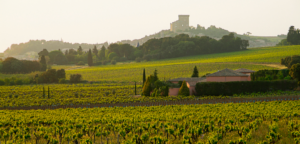
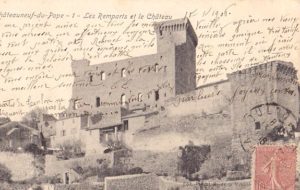
The wines on the menu at the Palais des Papes:
Vines were already being enthusiastically cultivated by clergy in the area well before the first Avignon Pope, Clement V, arrived there in 1309.
Monks had cleared land and created vineyards along the banks of the Rhône river north of Avignon and in 1157, Geoffroy, the Bishop of Avignon, set up his own personal estate in Châteauneuf, then known as Calcenier.
By the 13th century the village, with its 1000 inhabitants, had grown rich and developed a flourishing vineyard of approximately 300 hectares / 740 acres.
Clement V was formerly Archbishop of Bordeaux before becoming Pope and relocating the papacy to Avignon. As plain Bertrand de Goth, he already owned a plot of land in Pessac, near Bordeaux which he had planted with vines in 1300.
The oldest vineyard in Bordeaux, it’s today called Château Pape Clément in his honour, producing a prized grand cru classé wine.
After becoming Pope, Clement V initially continued to prefer claret but, on arriving in Avignon, planted a vineyard there near Châteauneuf.

Clement V’s successor, John XXII, was more partial to a drop of Burgundy, but also encouraged local wine production. It was he who built the castle at Châteauneuf du Pape (the name means, literally, “the Pope’s new castle”) to escape the oppressive summer heat in Avignon.
A vineyard was planted there in 1317 and under his papacy the term Vin du Pape was coined. The Château itself (pictured above) was destroyed during the Second World War, but the ruins still dominate the surrounding countryside.
And there’s more: the story goes that, while visiting the small town of Valréas in what’s now Northern Provence, Pope John fell ill and was given some local Côtes du Rhône wine to perk him up.
It worked. So much so that the Pope bought Valréas to ensure a regular supply.
His successors added more territory including nearby villages such as Richerenches and Visan. To this day the area is known as the Enclave des Papes.
The severe Pope Benedict XII served only local wines from the right bank of the Rhône at his table. Nonetheless the poet Francesco Petrarch rudely described him as an “inveterate drunkard”.
His successor, Clement VI, intended to pull out the stops during his papacy. For his coronation, he ordered 15 barrels of muscat wine from the Languedoc and Toulon and another 24 barrels from Burgundy.
He was happy to drink provençal wine, wine from Poitou, Rhone wine and Ligurian wine, not forgetting all the other wines his predecessors had enjoyed. Just about anything really, it seems. He died in 1352 of renal failure.
One of the first thing Innocent VI did, upon becoming Pope, was to change the date of a religious procession so as not to disturb the grape harvest. A relatively abstemious man, he preferred local wines, especially red and Châteauneuf du Pape.
Urban V hoped to bring the papacy back to Rome, but ran up against one serious obstacle. According to Petrarch, his cardinals refused to accompany him because they had become too fond of the Beaune wines they’d been drinking in France.
“They did not believe they could lead a happy life without this liquor,” Petrarch wrote. “They regarded this wine as a nectar of the gods.”
When Urban V did return to Italy for two years, he made sure to strike a deal first with the Doge of Venice, so that he could import French wines via the Venetian port to keep his team contented. He also planted vineyards around Rome to ensure a supply of quality wines.

Back in Avignon, Urban V discovered a taste for the wines and preserved fruits of Apt, and also developed the Châteauneuf vineyard by ordering it to be planted with muscat grapes.
The last of the official Avignon Popes, Gregory XI remained loyal to the muscat grape and the wines of Apt.
Ecclesiastical records suggest that a promotion to cardinal or a stay of an excommunication could be secured by offering the Pope a particularly fine vintage. He too died of renal failure.
After the return of the papacy to Rome, the pontiffs there managed to import wine from Provence. Meanwhile back in Avignon, the anti-popes were continuing to enjoy the local wines and the first of these, Clement VII, broadened his repertoire, ordering 95 barrels of sweet Greek wine from Rhodes.
Benedict XIII, the second and last of the Avignon anti-popes, came from Spanish Catalonia and favoured wines from French Catalonia.
In 1395 talks were held to heal the papal schism and barrels of fine Beaune wine were brought in to lubricate the discussion.
Alas the wine was corked, the talks broke down and Benedict eventually slunk back to Spain, the schism unmended.












